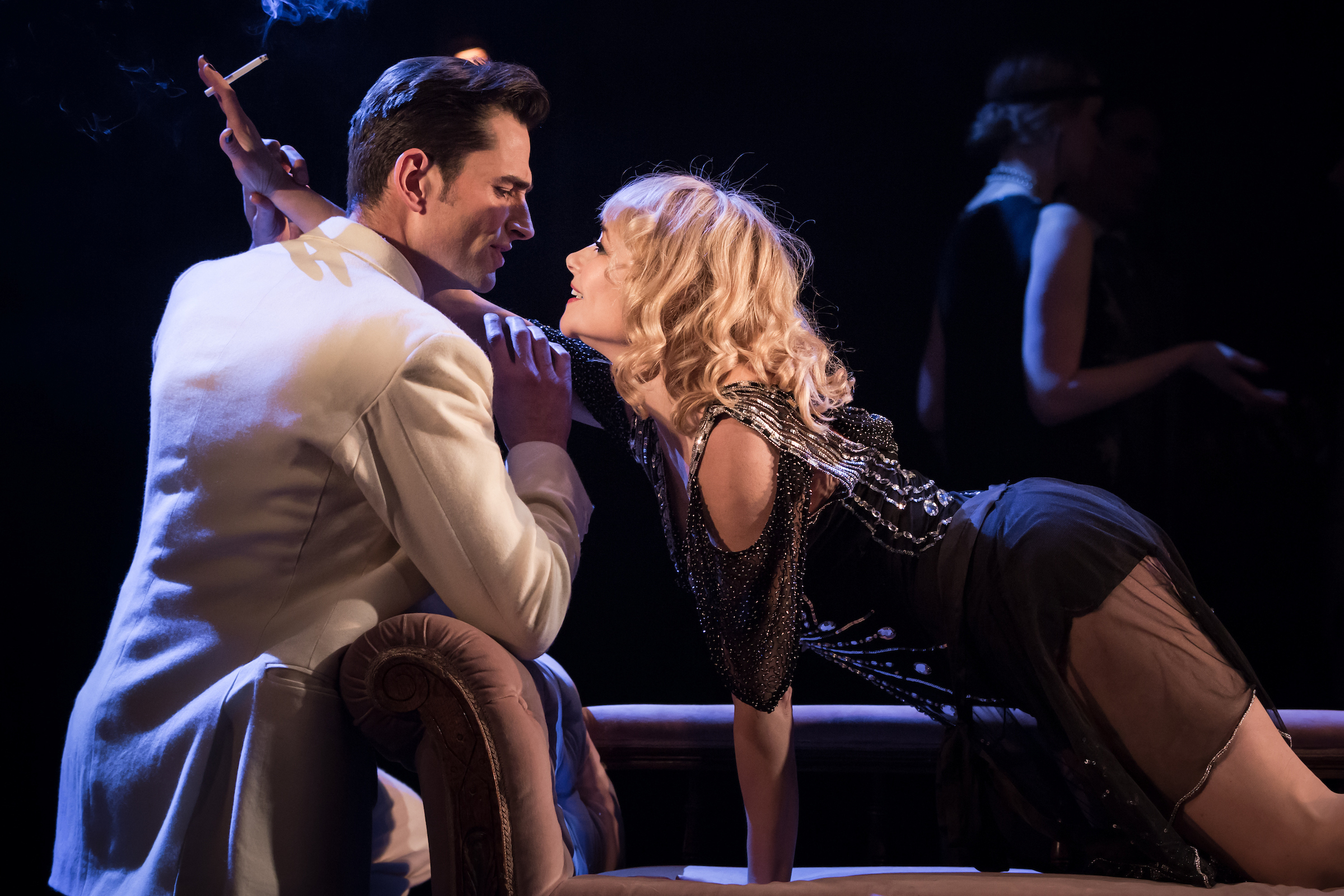The Other Palace, formerly London’s St James Theatre, is holding a wickedly wild party to mark its re-launch. Under the ownership of Andrew Lloyd Webber, It gets off to a sizzling, dark and insinuating start with the UK premiere of Michael John LaChiusa’s dazzling jazz-age musical, a show that premiered on Broadway in 2000 in a short-lived production (54 performances).
That same season on Broadway (1999-2000) another musical with an identical title, based on the same source material – a 1928 narrative poem by Joseph Moncure March opened! The other version, scored by Andrew Lippa, is brighter and lighter but rights to perform it are sadly no longer available outside North America.
LaChiusa’s musically vivid, vivacious portrait of this 1920s New York party feels, like the party itself, soaked in a bathtub of prohibition gin and invested with cocaine highs and lows. It provides a dizzying, brassy sense of propulsion to the overlapping stories being played out among its characters, who variously swap partners and drive each other to jealousy, rage and ultimately disaster.The poem was widely banned upon its 1928 publication, first in Boston, for having content viewed as wild as the titular party. The poem was a success despite, and perhaps in part due to, the controversy surrounding the work, although March’s subsequent projects were more mainstream. The poem tells the story of show people Queenie and her lover Burrs, who live in a decadent style that March depicts as unique to Hollywood, decide to have one of their parties, complete with illegal bathtub gin and the couple’s colourful, eccentric and egocentric friends, but the party unfolds with more tumultuous goings-on than planned.
It is staged as a musical vaudeville, taking its reference from its lead characters Queenie – who, as the poem has it, “was a blonde and her age stood still/ And she danced twice a day in the vaudeville” – and her partner Burrs, who is a vaudeville clown and a little bit sinister! The first number “Queenie Was A Blonde” is set in the vaudeville club and Theo Jamieson’s tremendous band are constantly in view on the upper platform of Soutra Gilmour’s glorious set, offering a view of the vaudeville stage and fire escapes behind it, lit in gorgeous golden hues by Richard Howell.
The show is driven by ecstatic movement from Olivier award winning director/choreographer Drew McOnie that perfectly complements its restless, relentless narrative journey. We are treated to a stunning cast of musical theatre veterans, including not one but two Tony winners.Frances Ruffelle as Queenie suits the numbers perfectly with her smoky voice and plays Queenie as a character who definitely feels like she has a few tales to tell! As her partner Burrs, John Owen-Jones brings his magnificent voice into full play for a great nervous breakdown of a song: How Many Women in the World?
There are also sensational contributions from Olivier award nominated Victoria Hamilton-Barritt (Murder Ballad) as Queenie’s best friend and rival – Kate and Simon Thomas as Kate’s new lover Black whom Queenie becomes infatuated by and causes Burrs to go off the rails in a jealous rage.
In fact the entire cast thrills with Tiffany Graves and Melanie Bright as a lesbian couple, Gloria Obianyo and Genesis Lynea as siblings who seem rather close with a secret, Lizzy Connolly and Ako Mitchell as a married couple (they sing about their marriage in the number Eddie and Mae), Steven Serlin and Sebastien Torka as a pair of theatrical impresarios who raise laughs in the second half and Bronte Barbe as the underage Nadine whose sexual curiosity is violently rewarded by Dex Lee’s predatory Jackie.One highlight for me was Gloria Obianyo and Genesis Lynea standing out with their number- Uptown, about how as the twenties roar Manhattan is becoming a melting pot of black and white, straight and queer. The downfall I feel was a lack of exploration of all the characters I feel we could have learnt a bit more, as everyone had dark secrets!
It might not boast memorable individual tunes, there is a really gorgeous jazz score, that murmurs seductively and the cast put their heart and soul into the dancing – It made me tired just watching their energy! It’s a wild way to launch the reopening of The Other Palace!
Tickets are available online or at the Box Office.
THE OTHER PALACE
12 Palace Street,
London, SW1E 5JA
United Kingdom

